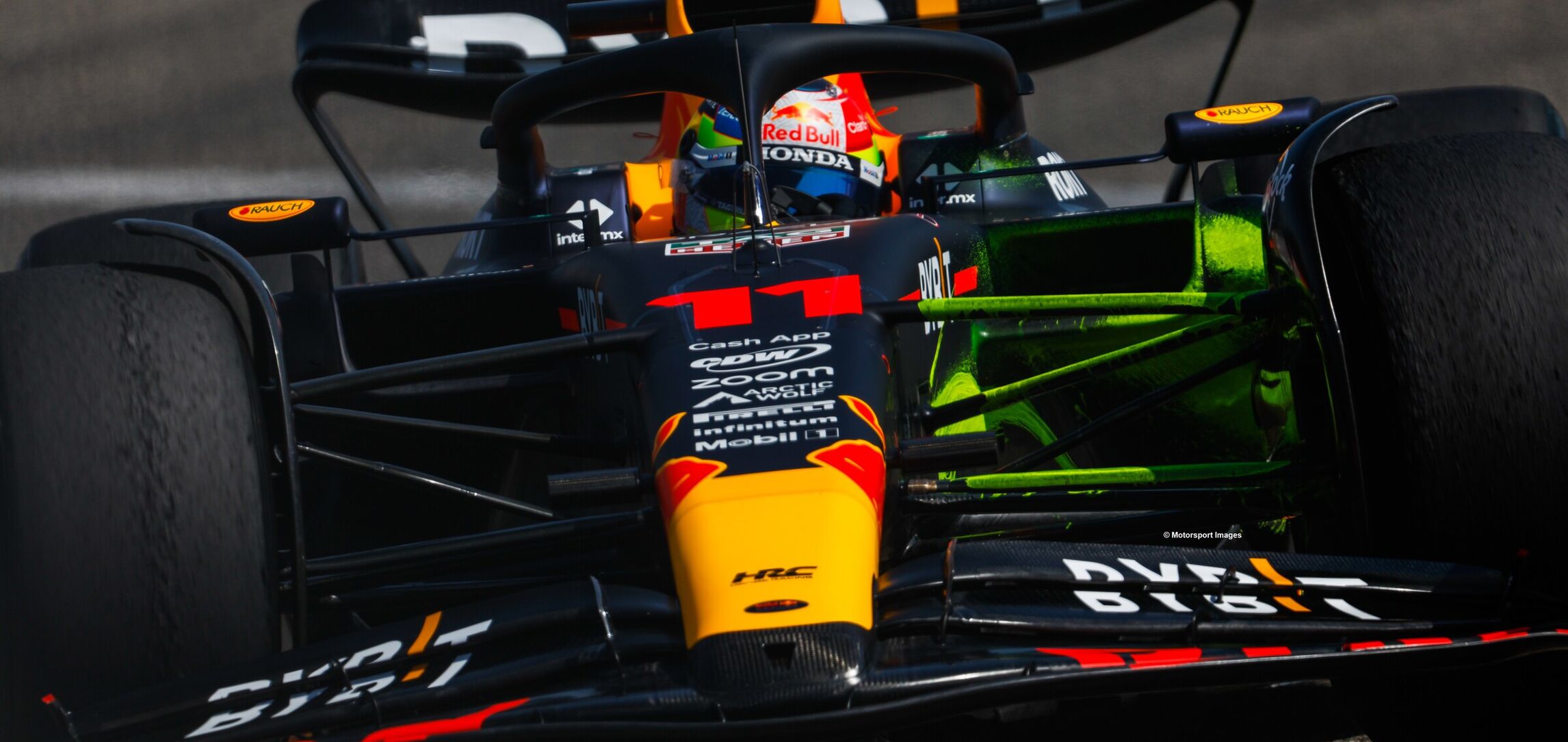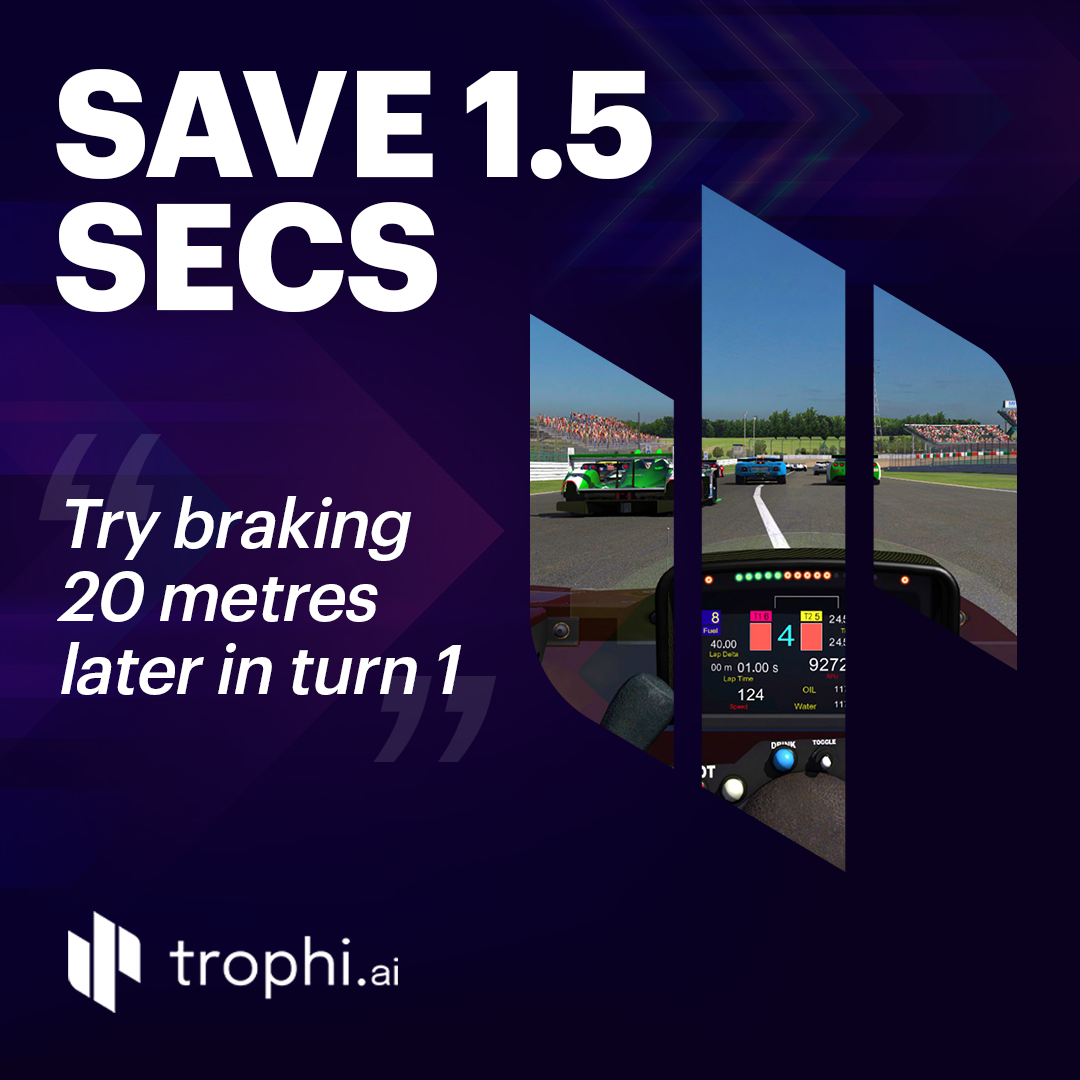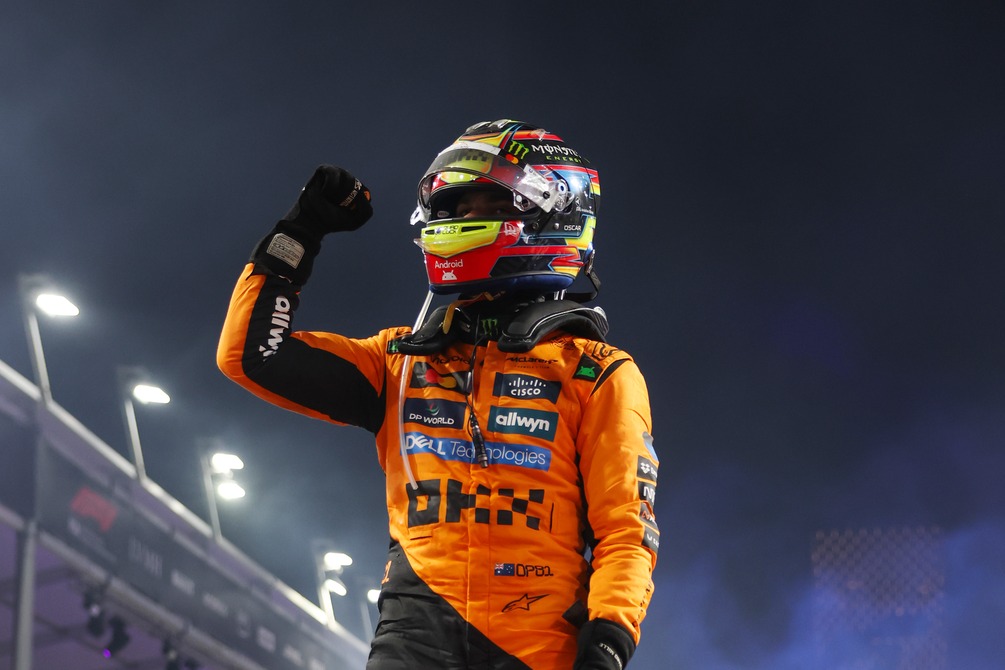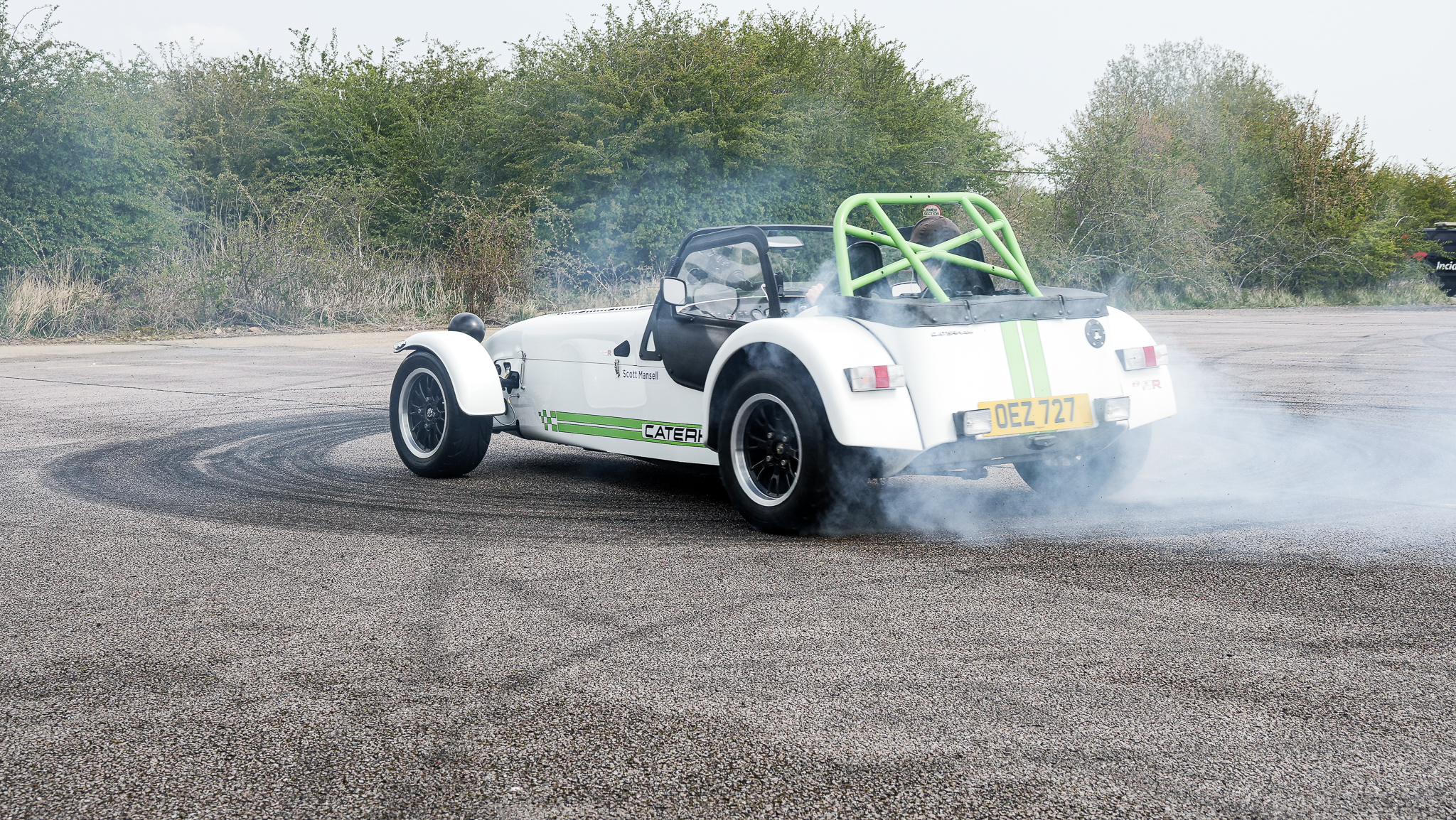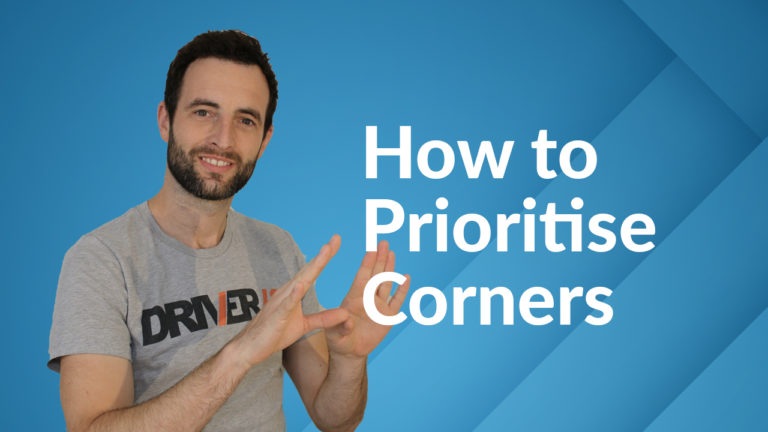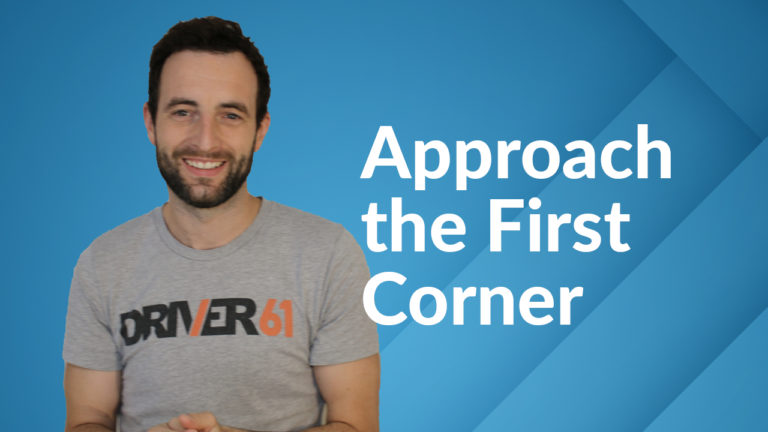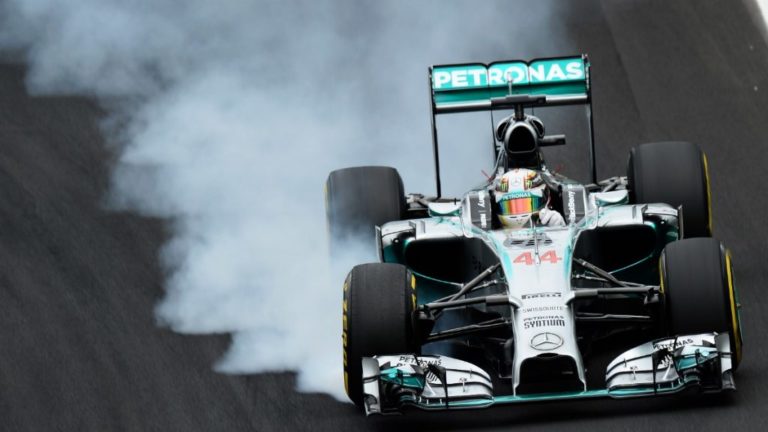How to Left Foot Brake
Many drivers in the paddock talk about left foot braking as it can help save time multiple times over a lap.
Scott Mansell examines left foot braking, why it can be faster and how to become an expert at this technique.
Welcome to tutorial #16 of Driver 61’s University series – today we’re going to explain how to left foot brake.
Many drivers in the paddock talk about left foot braking as it can help save time multiple times over a lap. Scott Mansell examines left foot braking, why it can be faster and how to become an expert at this technique. This whiteboard tutorial will cover:
- What is left foot braking?
- When should we left foot brake?
- Why is left foot braking faster?
- The quickest way to learn left foot braking
What is Left Foot Braking?
The definition of left foot braking is very simple; using your left foot to brake.
It’s become a much more accessible technique over the last decade as more and more road, track and race cars have paddle shift gearbox systems, meaning there’s no need to use the clutch when on the track, thus freeing up your left foot to focus solely on braking.
However, not all cars are paddle shift, and there are many circuit cars still using a sequential or manual ‘H’ pattern transmission.
With a sequential gearbox, left foot braking is possible with a little blip of the accelerator as you downshift. This technique requires careful technique from the driver not to damage the internals, but we’ll touch on this later.
In manual, ‘H’ pattern transmission cars, the driver will need to use the clutch for downshifts and so left foot braking is impossible most of the time as the foot is already in use.
However, for those corners that don’t require a downshift, a left foot braking technique can be applied – although this can be a little confusing as the left foot being used for both the clutch and brake pedal at different times and with an entirely different pedal feel.
Why is Left Foot Braking Faster?
You may be asking yourself what wins in the left foot braking v right foot braking contest.
So long as the feel of the left foot is comparable to the right, there are a number of reasons left foot braking is quicker when driving on track:
- The transition between pedals can be smoother
- The weight transfer of the car from acceleration to braking is less and smoother
- Transfer time between pedals is reduced to nothing compared to slower right foot braking
- The left foot is 100% focused on braking and gets a great feel, as opposed to the right foot going between two pedals
- Sometimes we can overlap the accelerator and brake
It’s crucial to understand that a driver must have equal, if not better feel in their left foot for overall braking to be improved. There’s no point in using your left foot for braking if it means your inputs become sharp and unsmooth.
THE TRANSITION BETWEEN PEDALS
Firstly, think about what’s happening when we’re beginning to brake with our right foot. When we’re approaching a corner that requires deceleration, we must remove our foot as quickly as possible from the accelerator pedal, then change the position of the foot, transition across and push down the brake pedal.
The physical motion of moving the foot across from the accelerator to the brake – when the car is bumping across the circuit – is a difficult one and by the time you get on the brake pedal, it’s difficult to know where exactly it is.
The other issue is that you have to give the brake pedal a bit of room when you move your foot across; a gap so you don’t catch your foot on it when transitioning.
This means that when you push down on the pedal, you’re not already in contact with it like you would be if you were left foot braking. Consequently, your foot will pick up some momentum before you hit the brake pedal, and you’ll lose some finesse.
When you left foot brake, your left foot is already gently touching the pedal. You’ll know exactly where it is, and there’ll be no momentum built in your foot before you begin braking – meaning you have more control and can squeeze on the brakes.
WEIGHT TRANSFER CAN BE REDUCED
Because the transition from acceleration to braking can be smoother, it means that the weight transfer towards the front of the car can be more gentle.
As I’ve spoken about many times in these tutorials, the less and smoother weight transfer we have the better.
Less weight transfer means more overall grip. If you need a refresher on understanding weight transfer, see the tutorial here.
TRANSFER TIME BETWEEN THE PEDALS IS REDUCED
This is an obvious one, but every little counts – especially when you’re braking many times on a lap.
If you’re using your right foot for both the accelerator and brake pedal, there’s going to be an amount of time between when you lift off the throttle and when you get on the brakes – the time it takes to move your foot across.
When you use your left foot for braking, you won’t have this problem, and you’ll save fractions of a second in each braking zone.
It’s the same concept when the driver begins to accelerate out of the corner too. There’s no need to transfer between the pedals, so the driver has much more control when it’s time to get back on the throttle and head down the next straight.
THE BRAKING FOOT IS 100% FOCUSED ON BRAKING
When a driver left foot brakes, their foot is solely used on the brake pedal. This helps the driver be more consistent in the braking zone, and gives an advantage over right foot brakers.
When the left foot is solely used for braking, sensitivity and refinement are increased. The driver will know exactly where the brake pedal will begin to slow the car and exactly how much pressure it’ll take before a lock.
This refinement continues into the trail braking phase too. Right foot brakers can have a similar sensitivity, but when the left foot is solely using for braking, I believe it’s more in tune with grip levels and can help a driver release the pedal even more smoothly.
ALLOWS ACCELERATING AND BRAKING TO OVERLAP
Overlapping accelerating and braking is not something that you want to do too much when driving on track. However, there may be some corners where it’s better to do this, rather than lift the throttle pedal to decelerate slightly.
Imagine there’s an almost flat out corner – something similar to driving Copse at Silverstone in a car with aero – but you have a little understeer just after turn-in and towards the apex.
A throttle lift at this point would cause too much weight transfer and possibly cause some oversteer – not what we want. However, a gentle squeeze on the brake pedal – while keeping the throttle flat out – could transfer the necessary grip to the front of the car and enable you to carry optimum speed through the corner.
When Should We Left Foot Brake?
As I briefly mentioned earlier in the article, if you have a paddle shift system and feel your left foot has enough feel you should always brake with your left foot.
PADDLE SHIFT CARS
It’s important to bear in mind that many paddle shift race cars will have a clutch too. You’ll only need to use it when you’re pulling away and coming to a stop again, but when you’re shuffling your feet around it can become confusing.
As you leave the pit lane you should have your left foot on the clutch and your right foot on the accelerator – like a regular manual road car.
As soon as you’ve released the clutch fully – and long before you’re on the track – move your left foot from the clutch to the brake pedal. It’s always worth giving the brakes a little tap at this point, just to make sure you a solid pedal.
It’s a little more confusing when you come back to the pits and need to stop. As you enter the pit lane, your right foot will be on the throttle and your left foot over the brake. At some point, you’ll need to shift both feet one pedal to the left.
My advice is to bring the car down to a reasonable and safe speed, and then move your feet across with plenty of time before you come to a stop.
You’ll need to ensure it’s safe to do so, as there’ll be a fraction of a second when your feet won’t be covering the brake.
SEQUENTIAL CARS
Many race cars use a sequential gearbox – pulling back for an upshift and pushing forwards for a downshift.
In cars with a suitably strong sequential ‘box and a driver with proper technique, it is possible not to use the clutch when driving and so left foot brake over the entire lap. Note the need of a ‘suitably strong’ gearbox!
Many drivers won’t use the clutch for upshifts with a sequential gearbox – a small and fast lift off the accelerator and a pull on the stick will be enough for it to go into gear.
However, a clutchless downshift is more complicated – and potentially harmful to the internal gears and dogs.
An experienced driver can blip the accelerator with perfect timing, just as the gear level is being pushed from one gear down to the next.
When the transmission is in between gears – a kind of neutral – the driver can increase the engine revs to match the wheel speed for a clean downshift, much like a traditional heel and toe, but without using the clutch.
MANUAL ‘H’ PATTERN CARS
For those of you with manual ‘H’ pattern cars, fear not, you still have the opportunity to left foot brake!
With a manual transmission, you can left foot brake for corners that do not require a downshift – where the clutch isn’t needed, and you can move your left foot to the brake pedal.
While there likely won’t be many opportunities over a lap to do this, you could save a bit of time here and there.
This technique is most useful in corners that are almost flat out. As previously mentioned, you can just ‘brush’ the brake pedal with your left foot, while keeping the throttle flat. The nose of the car will drop a little and aid turn-in, without losing too much speed.
How to Learn to Left Foot Brake
So, you think left footing braking is for you, and it could save you some time on track, but where do you start to learn to left foot brake?
The first thing you need to do is become completely comfortable with the process long before you try it on the circuit.
You’ll need the ability to apply and release the brake pedal with at least equal accuracy compared to your right foot. Only like this will left foot braking be worthwhile.
The best (and cheapest) place to do this is in your road car – if you can left foot brake smoothly with sensitive and assisted road car brakes, you can do it on the track.
Obviously, if you’re going to practice on the road, you’ll need to be careful and ensure there are no other cars around you – especially the first time you try.
Often, because our left foot is usually used to on the clutch, drivers brake way too hard on their first attempt and almost hit their faces on the steering wheel.
When you’re beginning, ensure your left heel has a good, solid base on the floor of your car – this will increase stability and enable better accuracy with the movement.
Focus on applying the initial pressure as smoothly as possible and bringing the nose of the car down gently, which will help you increase sensitivity in your left foot.
Once you’ve started the braking process, smoothly increase braking pressure. Imagine that you’re trying to brake up to 100% of the grip available, although it’s not necessary to do this on the road.
Once the car has decelerated sufficiently, it’s time to release the pedal. This is the section where you arguably need to be the smoothest – the area where we would be trail braking on the circuit (see the tutorial here).
If, when you release the brake pedal, you feel the front of the car ‘pop’ up, you’ve come off it too quickly. Concentrate more on ‘bleeding’ off the pedal, so that you cannot feel the release.
Once you’ve got the fundamental technique sorted it’s a case of practice, practice, practice. The movement of your left foot will feel unnatural at first, so you’ll need to repeat for a while before it feels normal.
Once you have the muscle memory, and you can left foot brake in your road car without thinking about it, it’s then time to transfer it to the circuit.
As with the road, the first time you left foot braking on circuit make sure there aren’t any cars behind (or in front) of you.
If you’ve practised correctly on the road, it should feel natural on the circuit, and you’ll be straight into the swing of things. Make sure you first try this technique in a car you’re familiar with and on a circuit you know well – if you’re trying to learn too many things at once, you’ll likely exceed your mental capacity.
Here’s a summary of how to left foot brake:
- Practice in your road car first – best if it’s an auto
- Be careful the first time you try (you don’t want to hit your face on the steering wheel!)
- Make sure there are no other cars around you
- Concentrate on the initial touch of the brake pedal – it wants to be incredibly smooth
- Gently increase brake pressure, ensuring you have complete control
- Focus on the smooth release of the pedal – you don’t want to feel the front of the car ‘pop’ up
- Practice over and over to build muscle memory
- When you can left foot brake without thinking about it in your road car, take it onto the circuit
Once you’ve practised on the road thousands of time and done a few laps of left foot braking on the circuit, it should feel completely natural and hopefully you’ll be that little bit quicker over a lap.
So that’s all for this tutorial, thank you very much for reading. If you enjoyed the article, please help us out and share it on your social media. I’ll see you next week, Scott.


